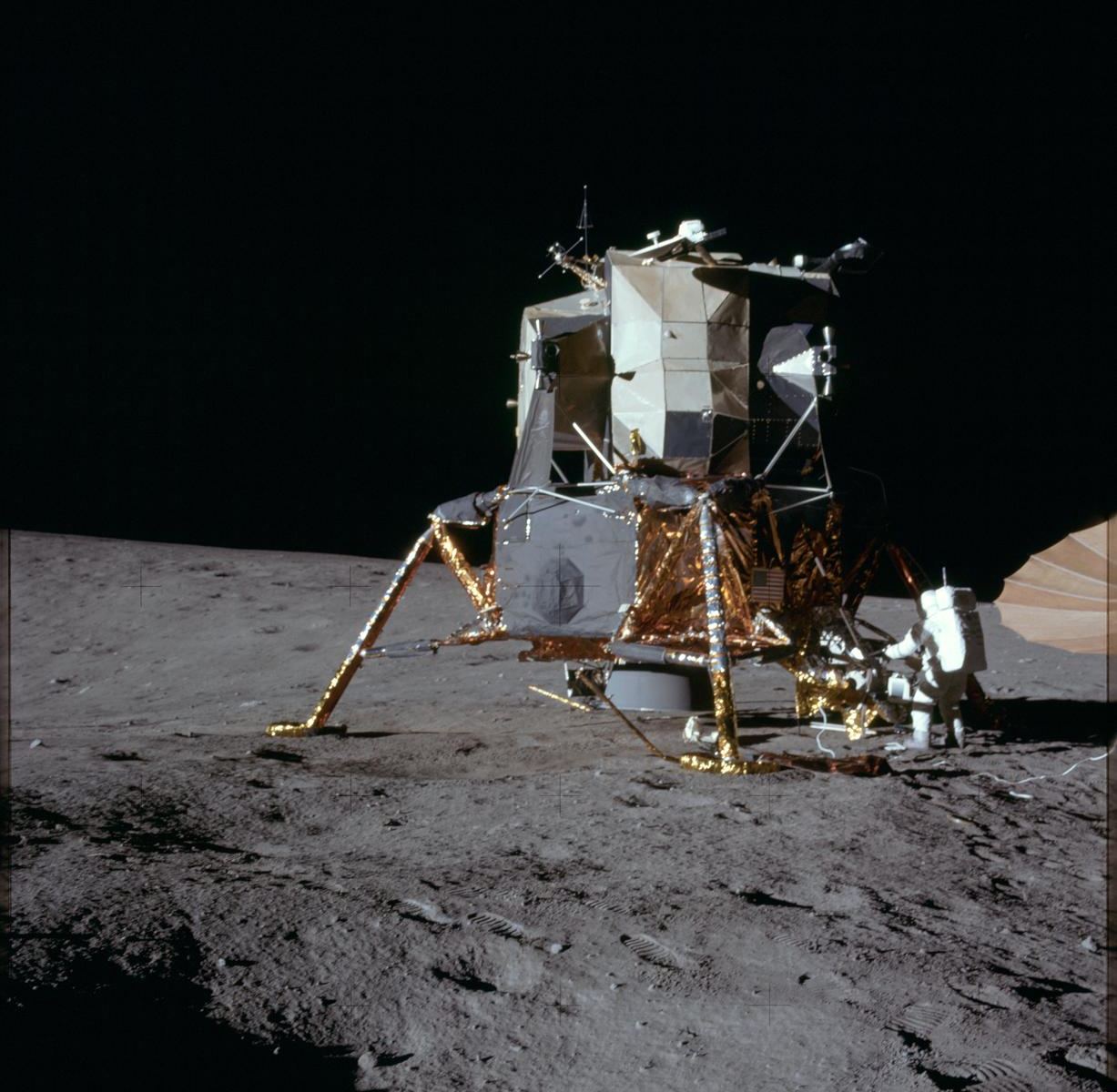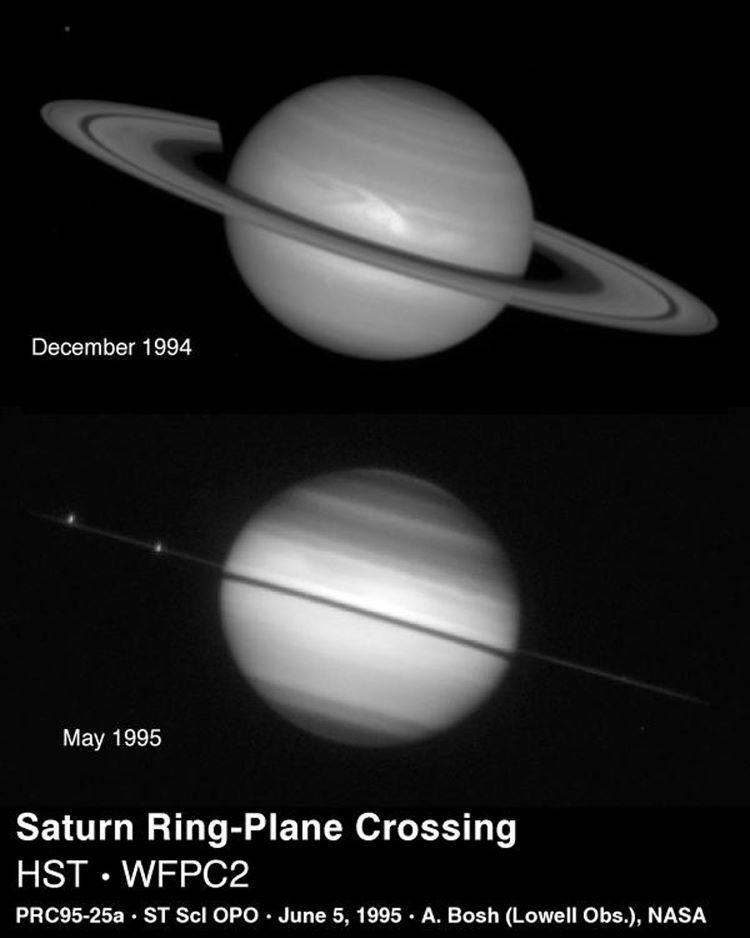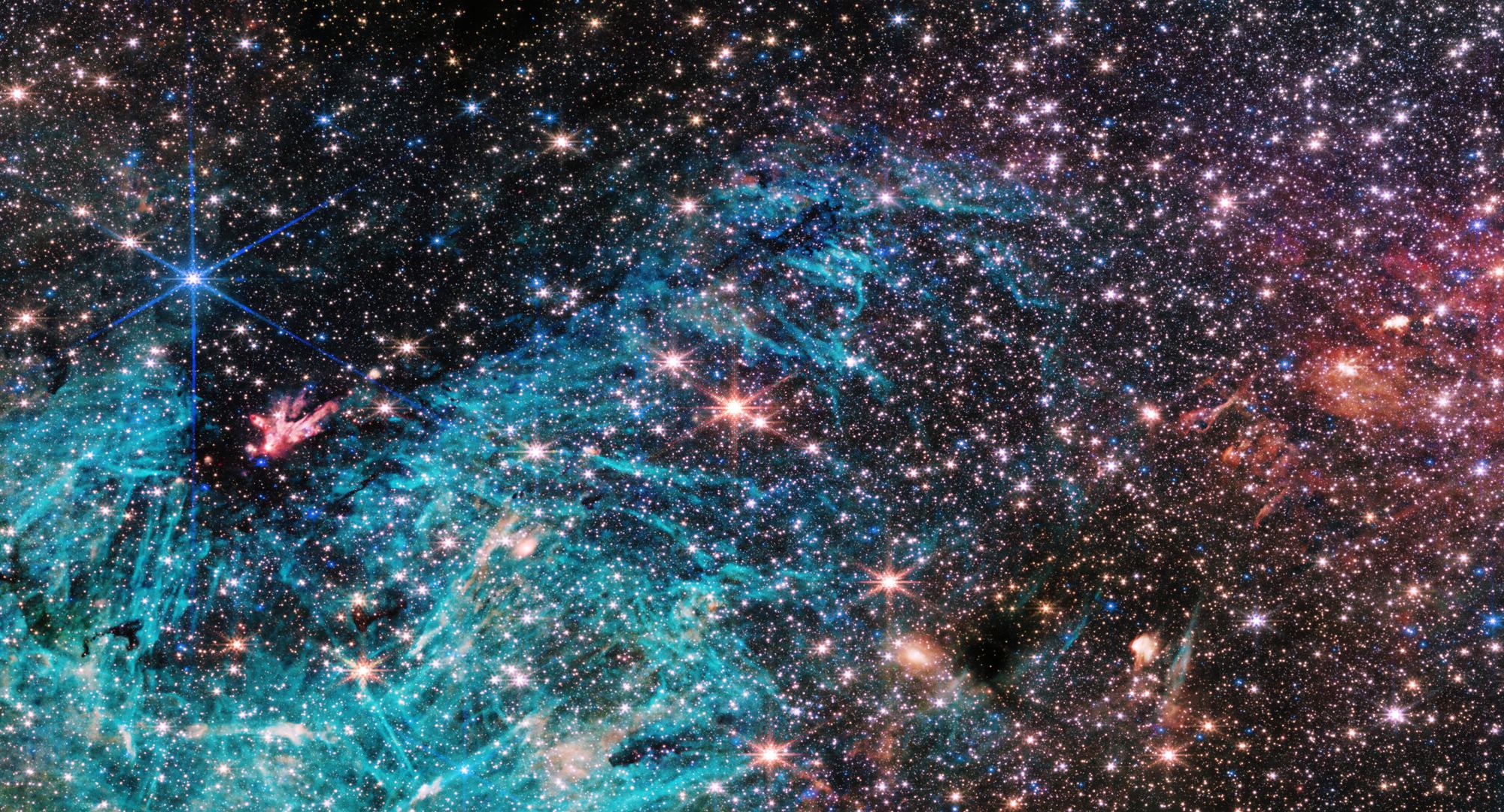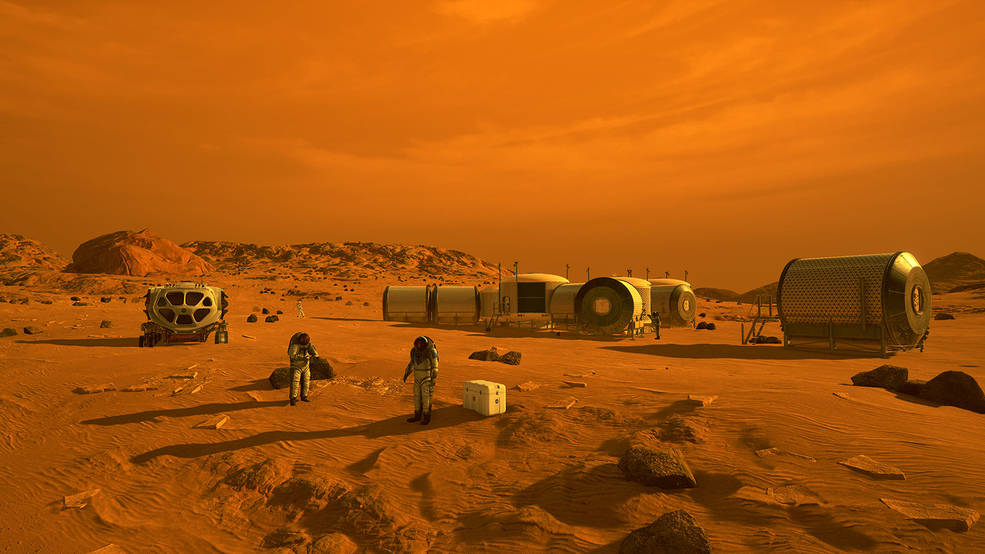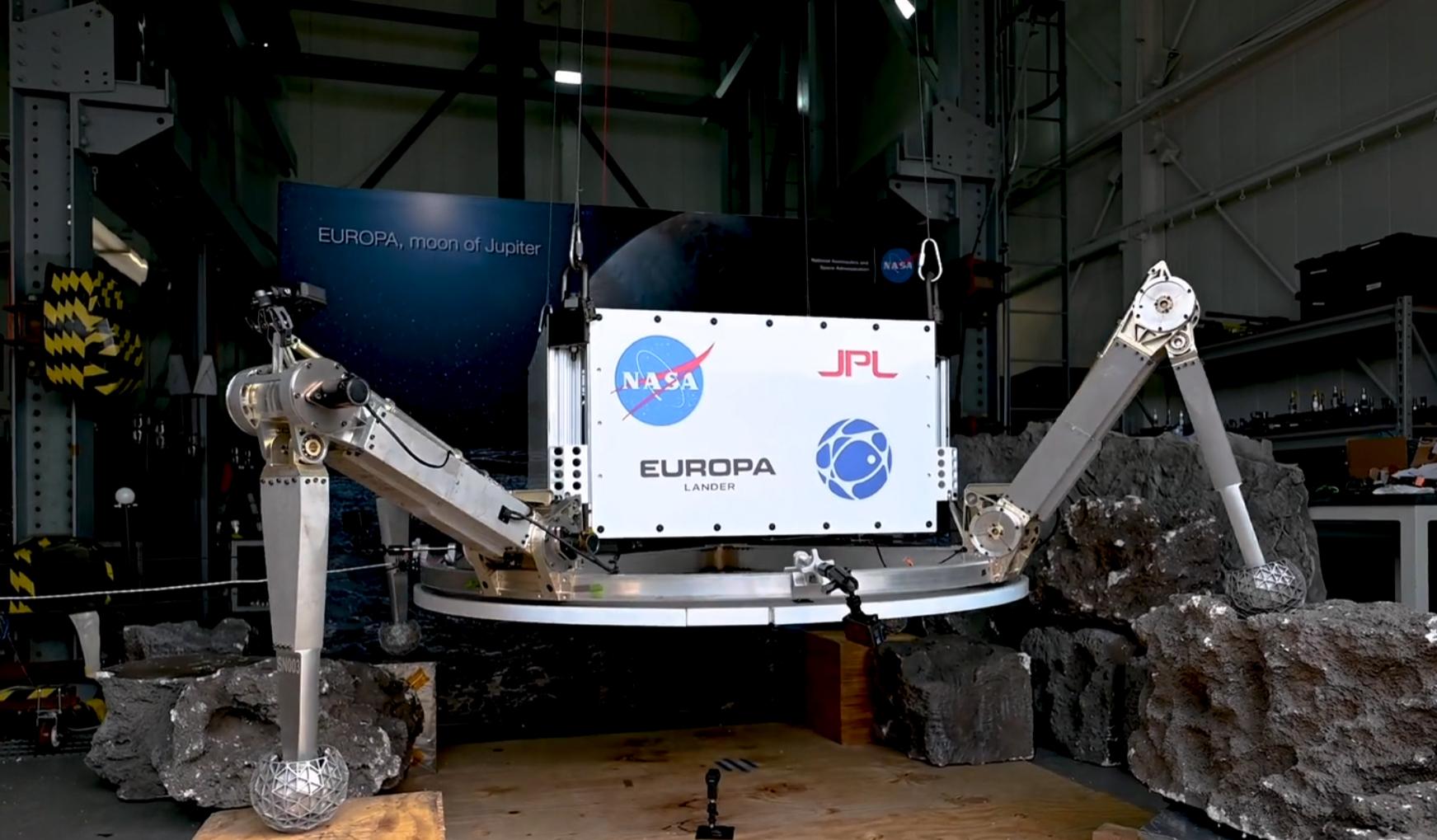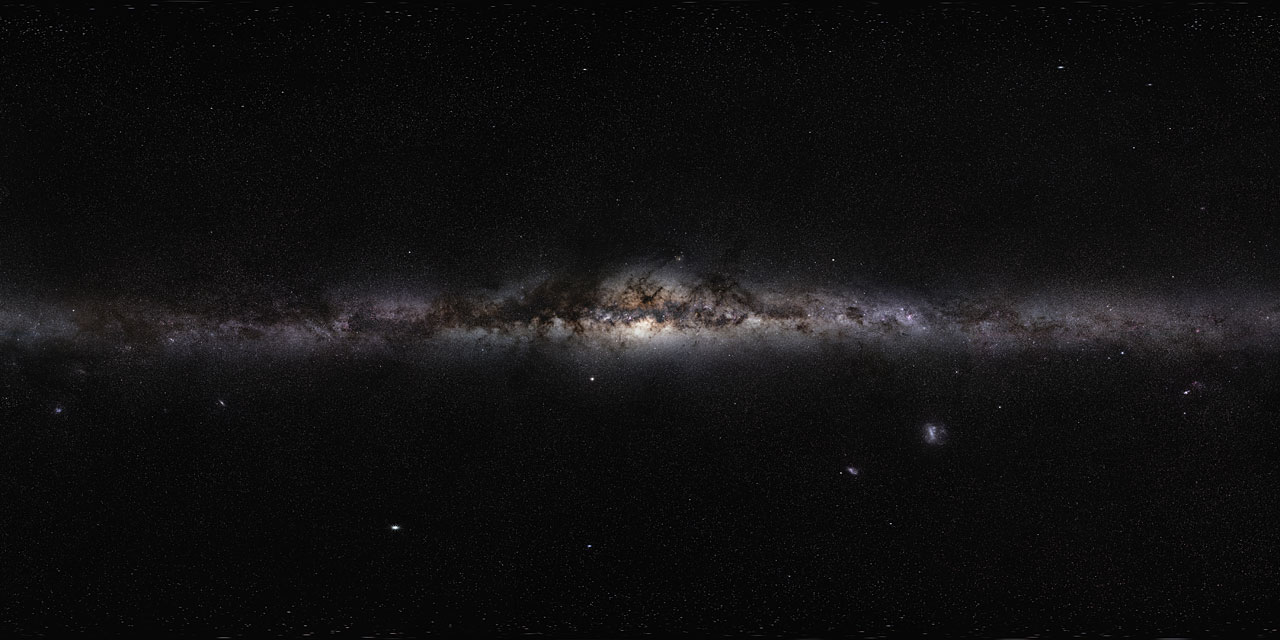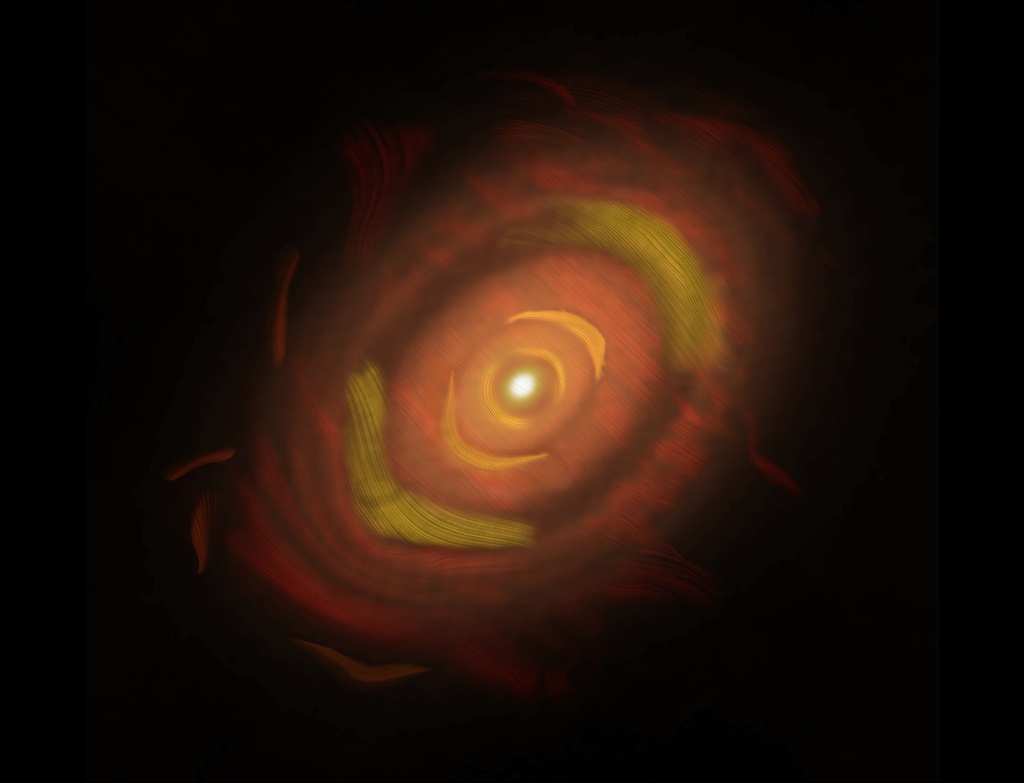When spacecraft land on the Moon, their exhaust strikes the powdery regolith on the lunar surface. The Moon has low gravity and no atmosphere, so the dust is thrown up in a huge plume. The dust cloud could possibly interfere with the navigation and science instruments or cause visual obstructions. Additionally, the dust could even be propelled into orbit, risking other spacecraft nearby.
In working to better understand the impact future landers might have on the lunar surface, NASA has developed a new supercomputer simulation. They used it to predict how Apollo 12’s lunar lander exhaust would interact with regolith, then compared this to the actual results of the landing.
Continue reading “Simulating How Moon Landings Will Kick Up Dust”
